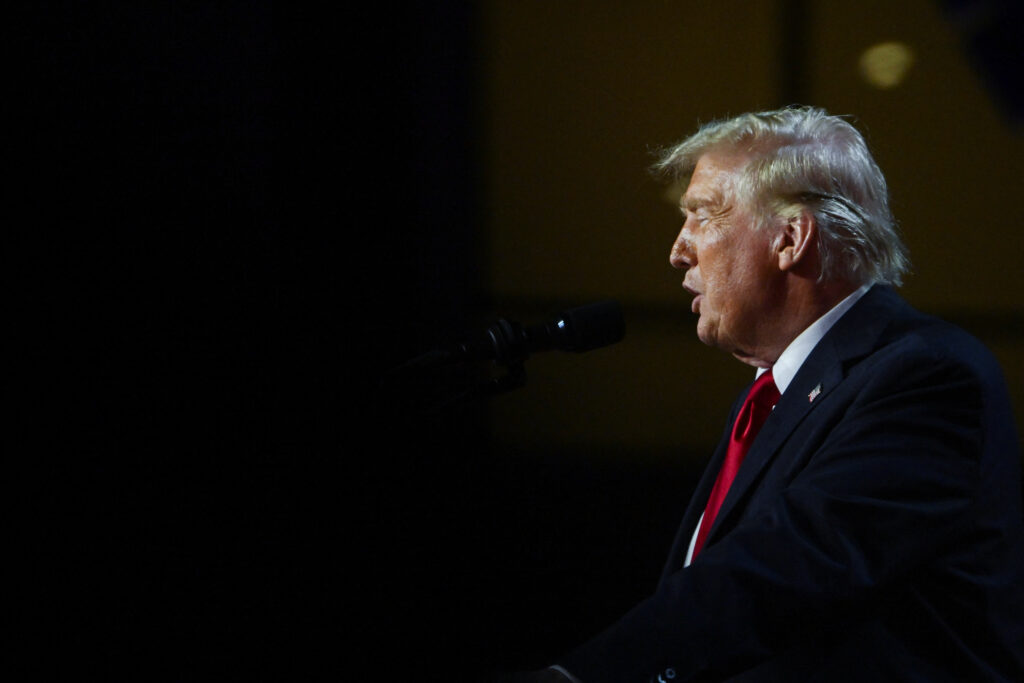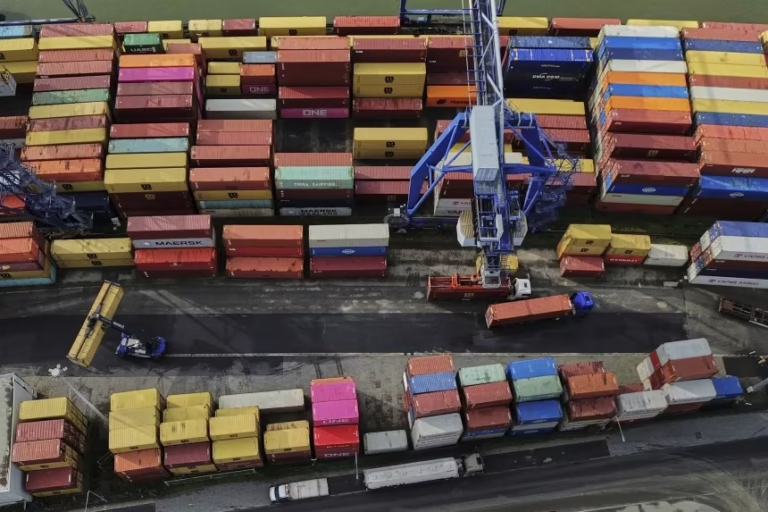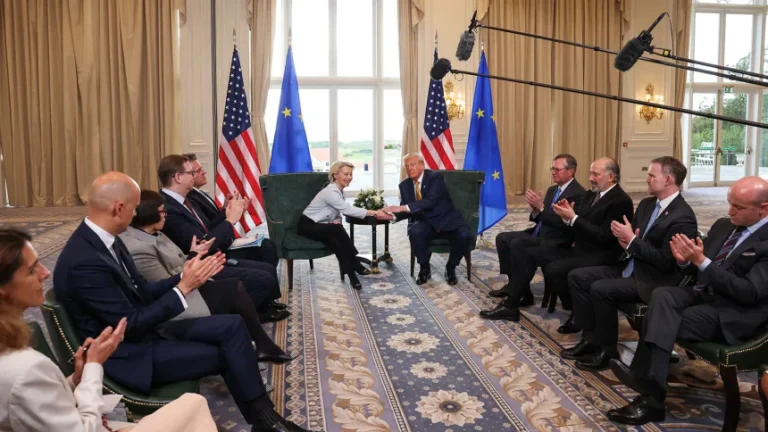
President Donald Trump seems to be increasing his direct impact on the U.S. economy, adopting approaches that reflect some elements of China’s state-led economic system. Although not a complete embrace of Beijing’s centralized model, his recent policies show an openness to combine political authority with specific economic actions.

- The administration has recently implemented a set of guidelines designed to enhance regulation on essential sectors, alter trade patterns, and sway market actions. These actions consist of tighter export regulations, targeted tariff enforcement, and direct discussions with business executives to realign supply chains according to key national objectives. Proponents argue that these measures bolster U.S. sovereignty and shield local industries from external interference.
- Critics caution that this accumulation of economic authority in the executive branch threatens to undermine market independence. Through directing industrial investment and focusing on particular sectors for protection or limitation, Trump’s strategy mirrors aspects of China’s state-capitalist model, wherein government planning and political goals significantly influence economic direction.
A significant change is the employment of tariffs and regulatory measures not only as trade instruments but also as means for geopolitical strategy. Observers point out that the government’s readiness to dictate investment priorities, encourage “patriotic production,” and selectively penalize noncompliant companies indicates a more profound, interventionist economic ideology.

- Some view this as a pragmatic approach in a time of economic rivalry with China, while others warn that embracing even aspects of Beijing’s model may compromise the free-market ideals historically promoted by the U.S. Whether this represents a short-term strategy or the beginning of a lasting change is unclear—but it is evident that President Trump’s economic control is increasing, and the parallels with China’s governance are growing more prominent.


